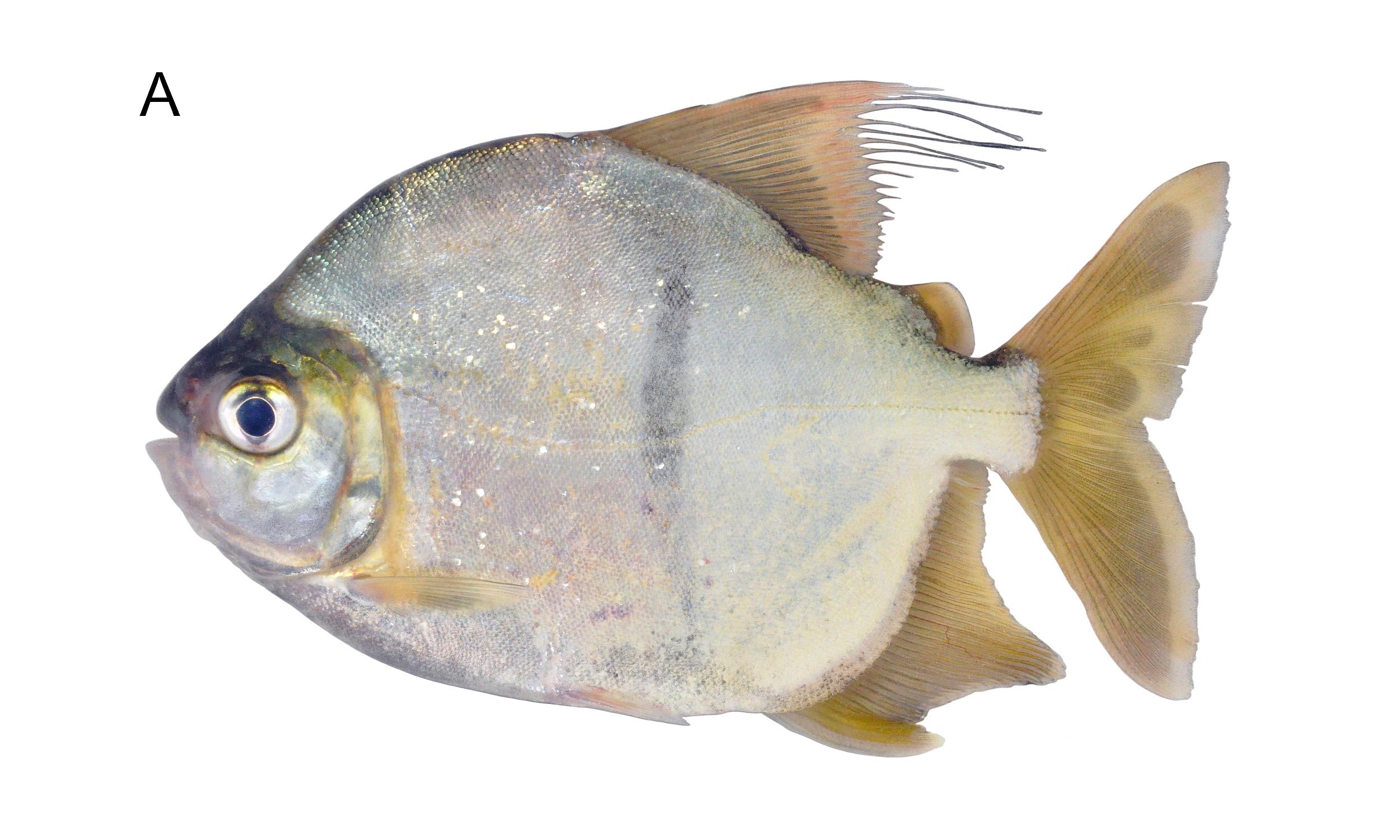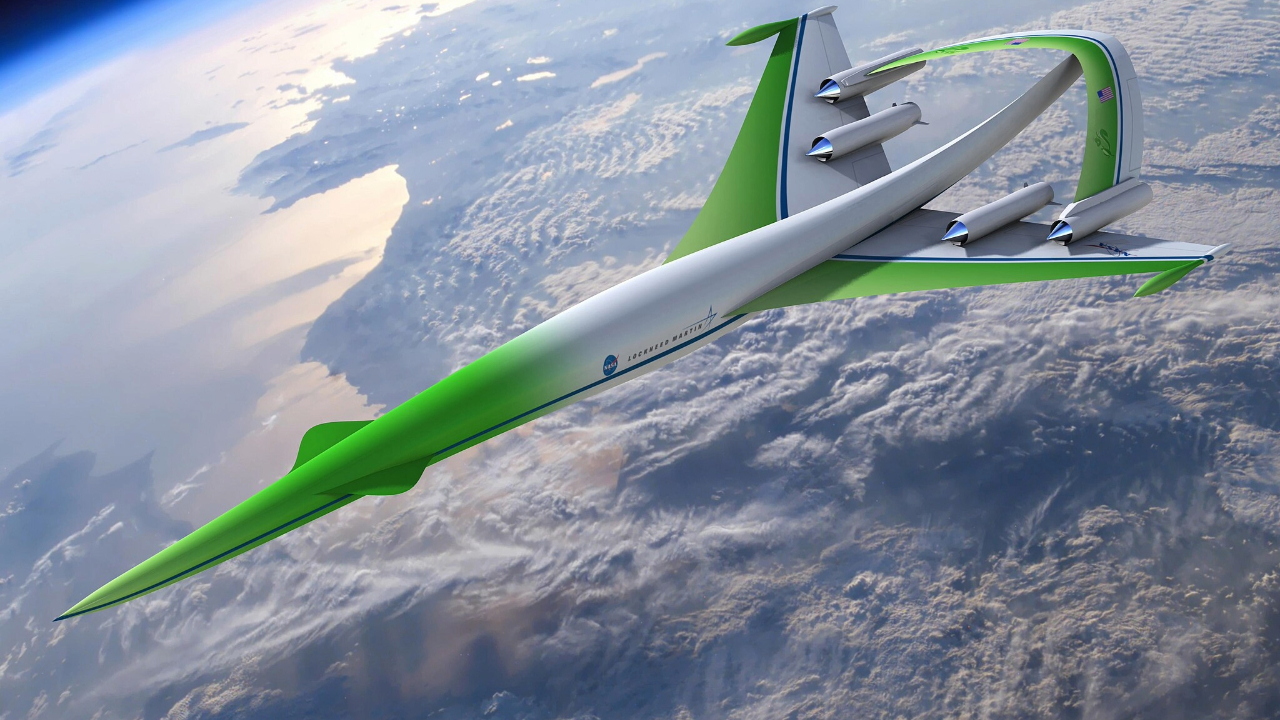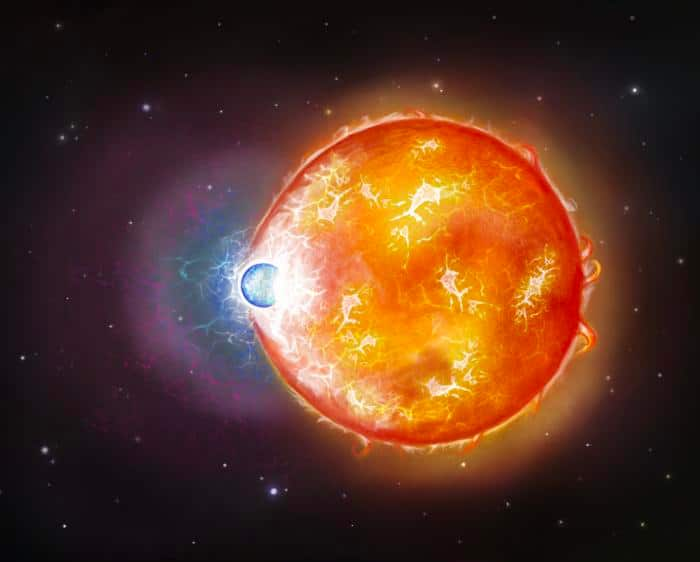ESA Predicts Future of Human Life on Mars by 2040

The European Space Agency (ESA) has recently unveiled a captivating prediction regarding humanity's future off-planet, specifically concerning the possibility of humans leaving Earth permanently to establish a new life on Mars. While some may perceive this vision as distant and somewhat far-fetched, influential figures in the space industry, notably Elon Musk, are pushing for ambitious timelines, proposing that humans could set foot on Mars as early as the end of this decade.
Despite the setbacks experienced during recent routine tests of SpaceX's Starship, which highlighted the challenges of space travel, Musk has remained steadfast in his goal. He has articulated a vision that entails sending one million people to Mars by 2050, which translates to an average of approximately 40,000 individuals relocating to the Red Planet each year from now until then.
While these aspirations might seem fleeting and overly optimistic, the ESA has presented its own strategic document titled 'Technology 2040: A Vision For The European Space Agency'. This report outlines the agency's objectives for the next fifteen years and offers insights into the timeline for when humans might abandon life on Earth in exchange for existence on Mars and potentially beyond.
Based in Paris and representing 23 member countries, including the United Kingdom, the ESA is positioning itself at the forefront of space exploration. The agency envisions that by 2040, there will be a resilient European presence across our solar system, referring to space as a 'territory' rather than merely a 'frontier'. This linguistic shift underscores the ESA's commitment to establishing a permanent human footprint in space.
Among the most intriguing aspects of the ESA's report is the concept of 'space oases'. These habitats are envisioned as expansive white domes that will not only orbit Earth but will also be constructed on the Moon and Mars. These innovative structures are designed to shield inhabitants from cosmic radiation and provide essential living areas for sleeping, eating, and working.
Moreover, the ESA proposes that these self-sustaining habitats will be capable of generating their own power and food, thereby eliminating the reliance on resupply missions from Earth. This approach echoes themes presented in the 2015 film The Martian, where astronauts cultivate food in inhospitable environments. The report suggests that astronauts could grow rice, fungus, tomatoes, leafy greens, and potatoes in these glass-ceilinged environments, promoting a sustainable lifestyle in outer space.
In addition to these habitats, the ESA anticipates deploying autonomous robots to explore Mars. These robots will be tasked with carrying out missions without the limitations faced by human astronauts, such as fatigue, dust contamination, or radiation exposure.
To facilitate human habitation on Mars, the report also discusses the potential for mining asteroids for building materials. The ESA envisions creating large space structures similar to NASA's renowned James Webb Space Telescope, which could be assembled in orbit or on the surfaces of celestial bodies. As the ESA articulates, the forthcoming phases of human exploration will necessitate longer durations of stay and more distant destinations, ultimately requiring the establishment of permanent infrastructures that allow for greater independence from Earth.
Artificial intelligence (AI) will play a critical role in this future scenario. The ESA's report emphasizes the expectation that AI systems will be employed to make crucial decisions, including spacecraft control. In addition to this, the agency aims to tackle the pressing issue of space debris recycling, which will become increasingly vital as human activity in space escalates.
Looking ahead, the ESA envisions a connected solar system, with a comprehensive internet network enabling communication across vast distances. The ultimate goal of these efforts is for humanity to achieve a permanent existence in space, taking significant steps towards becoming a multi-planetary species. As we ponder these ambitious plans, only time will reveal the reality of living among the stars.





























